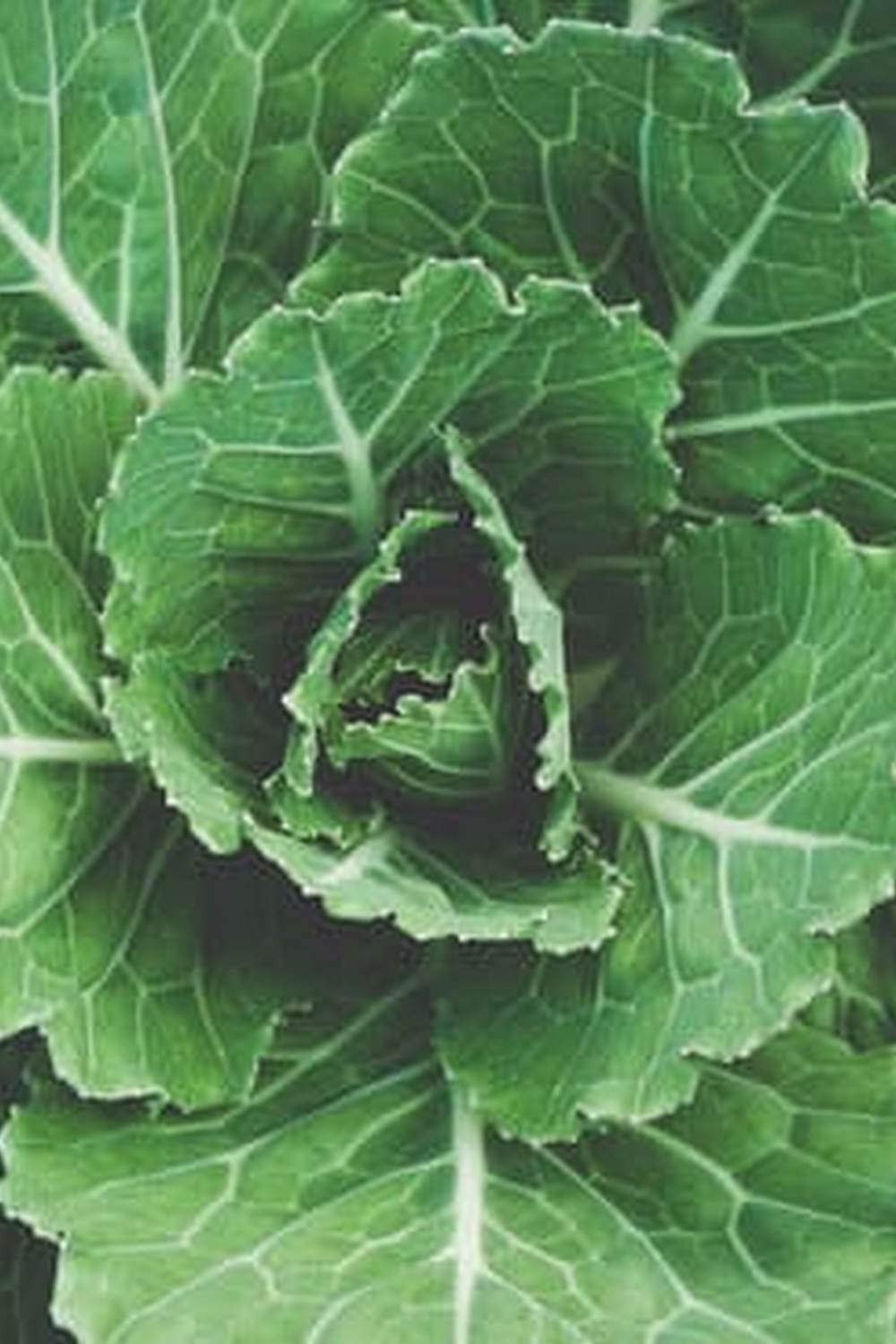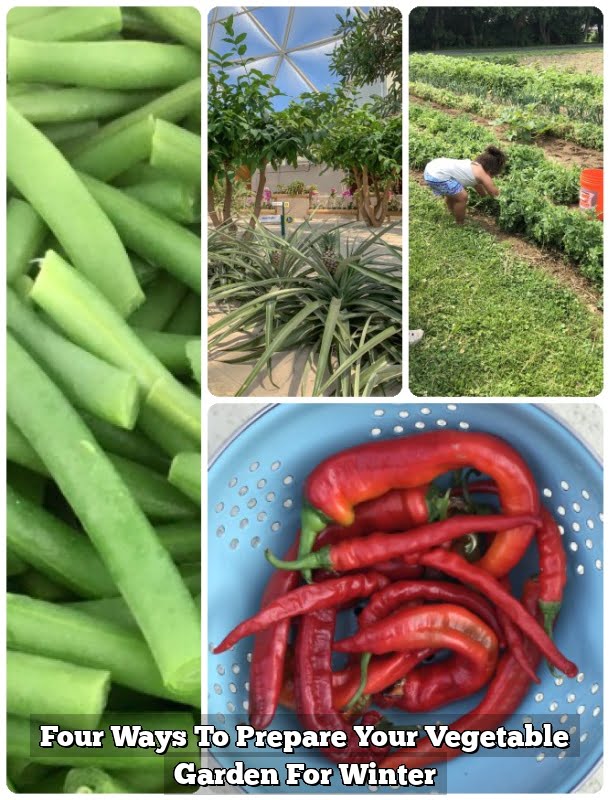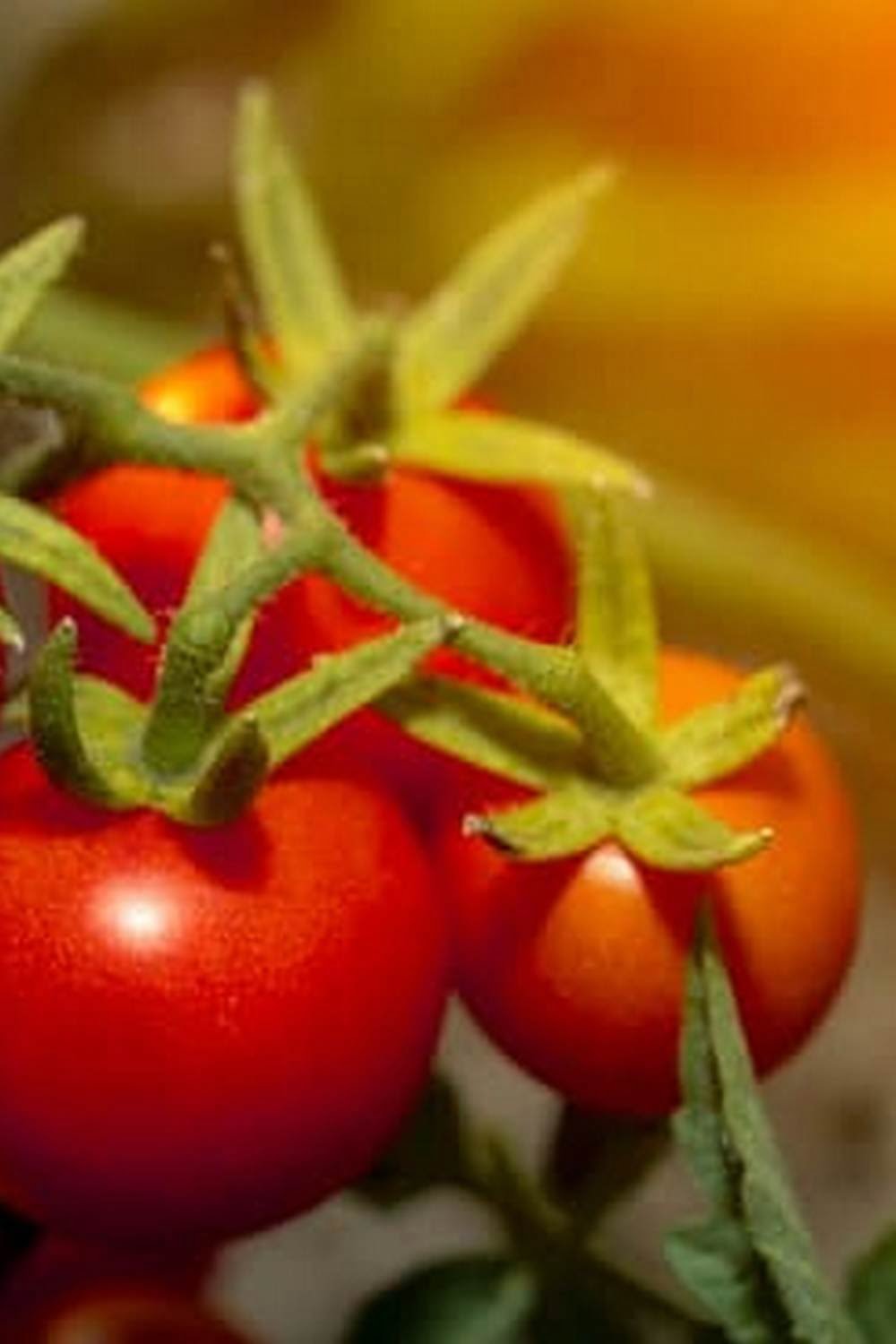Introduction
Having a winter vegetable garden can come with many benefits. Not only will you have access to fresh, nutrition-rich vegetables year-round, but you can also save money on grocery bills by harvesting your own crops. A winter vegetable garden is easier to maintain than a traditional one since it requires little watering and less labor in the cooler months. Furthermore, your winter vegetable garden will be a great source of healthy food during the colder season when there may not be as much availability around town. It’s also an outdoor activity that allows you to stay active and keep busy while getting closer to nature. Winter vegetables are typically hardier than other varieties and require minimal care or attention, making them ideal for any skill level of gardening enthusiast to cultivate in the off-season. Additionally, the smaller footprint of a winter garden means that it reduces plant loss due to strong winds and poor weather conditions, allowing for reliable yields even in the coldest of seasons. All these factors make starting a winter vegetable garden an ideal choice for anyone looking to have a productive backyard all year round!
Understanding Your Growing Climate
When planning a winter vegetable garden, it is important to understand your local growing climate. Depending on the location, certain types of vegetables may grow better during different seasons. For example, in areas with colder winters root vegetables such as beets and carrots tend to do better in early fall and late spring while regions with warmer winters can have success growing leafy greens such as spinach or romaine lettuce during this time. If you are unsure what types of vegetables are appropriate for your region, consult with a local gardening store or extension office for recommendations. Additionally, consider the amount of sunlight your garden will get throughout the season; many crops need 6-8 hours daily for optimal growth. Be sure to rotate your crops each season to maintain healthy soil and prevent disease. Finally, be prepared for unexpected weather changes; if temperatures plunge below freezing use floating row covers or plastic woven fabrics over young plants to protect them from frost damage.
Types of Winter Vegetables
Winter vegetable gardening can be a rewarding experience, with many hardy varieties of vegetables producing large yields during the cooler months. Popular winter vegetables include root crops such as carrots, potatoes, turnips, garlic and radishes, which all thrive in cold temperatures. Leafy greens such as kale, spinach and chard grow well when planted in early winter, while cabbage and broccoli are great for harvesting later in the season. Root-based salads like celery and parsnips can be harvested from late fall through early spring to enjoy sweet tasting salads. Last but not least, Brussel sprouts are a staple vegetable for harvesting in late autumn or winter; these hearty morsels need up to 100 days for reaching maturity.
Preparing Your Garden Bed and Soil
Before planting your winter vegetable garden, it is important to make sure that the soil in your garden bed is suitable for growth. To do this, use a soil pH test to determine what amendments may need to be added to the soil in order to make it suitable for growing vegetables. This includes determining if more nitrogen, phosphorus, or potassium needs to be added along with additional organic matter such as compost. It is also important to ensure there is good drainage in the soil and that any weeds have been removed beforehand. Additionally, turning over the soil will help expose any larvae or grubs which can harm plants if not taken care of before being planted.
Selecting Your Plants
Once the soil has been prepared, it’s time to select the plants you want in your winter vegetable garden. Make sure that before purchasing any plants from a nursery you check its location and seasonality rating so that you know it can survive in cooler temperatures like those during winter months. Some recommended vegetables for a winter garden include cabbage, kale, broccoli, cauliflower, Swiss chard and herbs. If you choose to grow root vegetables such as carrots or potatoes, make sure you wait until later in autumn when it’s colder outside as these can rot quicker than other types of vegetables during warmer weather periods.
Caring for Your Garden
When caring for your winter vegetable garden there are certain actions you should take into consideration including mulching around individual plantings and using row covers over beds of leafy greens when temperatures begin to drop below freezing each night. As part of maintenance, regular watering and weeding should take place – especially considering the lack of rainfall during winter months – while also keeping an eye out for pests which may try give your plants some trouble. Once colder air begins blowing through again at the start of spring vegetation will naturally die back so make sure any dead foliage is cleared away promptly allowing room and resources available for new summer growth when temperatures warm up again soon thereafter
Increasing Your Garden Soil Fertility
Before beginning a winter vegetable garden, it is important to first assess the condition of your soil and increase its fertility. To accomplish this, the best option is to mix in some organic matter such as compost, manure or peat moss. These materials will ensure that your vegetables have an adequate amount of nutrients to grow. Incorporating them into the soil will also improve its drainage capabilities, help balance its pH levels, and maintain moisture levels throughout dryer periods during the wintertime. Additionally, adding sea minerals can be a good way to help your soil absorb even more nutrients that may be lacking. Strive for creating a balanced nutrition profile and you’ll have the most successful winter vegetable garden yet!
Planning Your Design and Layout
When making a winter vegetable garden, it is important to plan your design and layout carefully. You should pick a spot in your yard that gets enough sunlight throughout the day since most vegetables need at least 6 hours of sunlight for proper growth. When deciding what veggies to plant, consider what grows best in your region during the winter, as different types of vegetables thrive in different climates. Also make sure to factor in the right amount of space needed for each vegetable and create pathways to give yourself easy access to the plants during the winter months. Finally, you will also want to plan out which materials you’ll need such as fertilizer, soil amendments and tools like hoses, rakes and shovels. Once you have taken all these things into consideration, you can begin planting!
Planting Strategies for Optimizing Space
One of the key strategies for a winter vegetable garden is to get the most out of planting in small spaces. To do this, you should look into companion planting and intercropping. Companion planting is the practice of pairing two different crops together in the same plot that can benefit each other. For example, tomatoes and peppers are often planted together due to their similar nutrient needs. Intercropping involves planting two or more plants in the same plot that have different height and growth rates. This also allows for better use of space as typically one plant will be ready to harvest before the other, allowing you to have staggered harvests throughout the season.
Another great tactic for optimizing space is vertical gardening. This is especially helpful in small plots, because it allows you to maximize your square footage. Vertical gardening can be done using various structures such as trellises for vining vegetables like cucumbers, or poles for pole beans or snow peas. You can also use walls and railings for herbs like oregano and parsley. Additionally, some vegetables can even stand on their own provided they are supported with stakes; lettuce and spinach work best this way since they’re relatively light weight!
Required Supplies and Tools
In order to make a winter vegetable garden, there are certain supplies and tools that you need. Firstly, you will need to buy some vegetable seeds or small plants, such as spinach, kale, cabbage and broccoli. Other cold-weather favorites like Brussels sprouts, onions and garlic can also be grown during the winter months. You will also need some organic fertilizer for nutrient-rich soil and a trowel for planting the seeds or small plants. For protection from strong winds and frosty temperatures, it’s recommended that you purchase either floating row covers or plastic tunnels. If possible, position your garden so it receives several hours of direct sunlight each day. Additionally, if necessary, seek out a south-facing wall to provide additional sun during the short days of winter – this may increase your chances of success in growing vegetables at this time of year. Watering can be done on an as-needed basis with enough moisture present in the soil but not so much that it becomes waterlogged or flooded. Lastly, keep track of when it’s time to harvest by marking key dates on your calendar so you don’t miss them!
Sustainable Gardening Practices
Making a winter vegetable garden can be a wonderful way to get fresh organic produce throughout the colder months. It is important, however, to follow sustainable gardening practices when cultivating a winter vegetable garden. Mulching is one of the most important aspects of sustainable gardening. Mulch not only helps protect your plants from frost and other elements but also reduces water usage as it helps retain moisture for a longer period of time. Additionally, mulching with an organic material such as straw or leaves will help boost soil fertility and structure. Composting can be another effective sustainable practice that not only provides enrichment for your soil but also reduces the amount of garbage in landfills which pollutes the environment. If crops are being rotated or intercropped within your garden then further nutrients from compost will benefit them greatly and help prevent plant diseases from spreading. Finally, water conservation is key for sustainable gardens; using drip irrigation methods rather than sprinkler systems will ensure that only necessary water is used. Following these tips will ultimately help cultivate a flourishing winter vegetable garden while leaving behind minimal environmental impact.
Watering and Maintenance Tips
Watering – Winter vegetable gardens will require more frequent waterings than those in the other seasons. As the weather gets cooler and the soil temperature dips, less water evaporates from the soil than during the warmer months. Therefore, it’s important to monitor your winter garden for watering needs, especially when temperatures increase above 40 degrees Fahrenheit. Water directly around each plant’s base at least once a week to ensure your vegetables get adequate moisture throughout their growth phases.
Mulching– Mulching is a great way to help keep your winter vegetable garden healthy and thriving. It keeps weeds at bay by blocking out light from reaching it and helps regulate soil temperatures. Choose mulch materials such as straw, wood chips or leaves that are free of chemicals or fertilizers. Spread a generous layer (about three inches) over your garden bed and make sure it doesn’t come in contact with plant stems or foliage.
Fertilizer – Fertilizing is important to help maintain nutrient density in your winter vegetable garden. Aim to apply a balanced fertilizer with equal parts of nitrogen, phosphorus, and potassium and consider adding supplements like manure or compost
Pest Control and Protection
It is essential to protect your winter vegetable garden from pests. Planting pest-resistant varieties and keeping your garden weed free can help make sure that only the vegetables you want in your garden are growing. If a pest infestation does occur, it’s important to take care of it as soon as possible to avoid any permanent damage. If a chemical pest control is needed, make sure to use one tailored to the specific type of pest you have and use it sparingly. Other natural methods like companion planting or making homemade insecticide can also be effective alternatives.
Choosing the Right Mulch
Choosing the right mulch for your winter vegetable garden is essential to ensure your plants are able to withstand the cold temperatures and preserve moisture. While there are a variety of mulches available, it’s important to choose one that can deliver both protection and nutrition for your plants. Consider using straw or wood chips as a rich source of organic matter. Straw provides an insulating layer from the frosty weather and helps maintain moisture levels in your soil. On the other hand, wood chips help provide nutrients and maintain warm temperatures around your vegetables. Additionally, these mulches can also add a layer of beauty to enhance the overall aesthetics of your garden.
Harnessing Natural Elements
Many winter vegetables can be grown with just the natural elements already present in your garden. With a little preparation and planning, you can enjoy a bountiful harvest of fresh winter produce.
Before starting your vegetable garden, assess your current climate. If you are located in an area that experiences cold winter temperatures, then consider using raised beds or containers to protect your plants from frost and extreme cold. Also consider which crops will do best in your climate and region—certain plants may not survive without the protection of a greenhouse or cold frame.
Once you have established what type of environment is necessary for growing winter vegetables, it’s time to consider which plants to grow. There are many options available for perfecting your winter garden—try kale, Brussels sprouts, radishes, carrots, spinach or turnips for starters! Plant each crop several inches apart, ensuring that the roots plenty of space to spread out. Covering the soil with mulch is also beneficial as this keeps it warmer and less prone to freezing over.
To further ensure successful planting during colder times of year, invest in cloches or other kinds of hoop houses that protect from wind and frost while allowing essential sunlight to shine through. Additionally, watering your plants regularly and deeply throughout fall is important as it helps them become hardier against colder temperatures.
With proper preparation and care, soon you’ll be able to reap all the rewards that come with having your own winter vegetable garden!
Harvesting and Enjoying Your Garden
When it comes to enjoying the fruits of your labor after establishing a winter vegetable garden, there are a few considerations that should be taken into account. Once your vegetables are ready for harvest, it’s important to pick them at their peak flavor and ripeness. If you wait too long, they may become overripe and start to decay. To ensure that your vegetables stay fresh, you’ll want to harvest them as soon as possible.
Once harvested, you can store most types of winter vegetable in the refrigerator for up to two weeks with the exception of carrots and beets which can last for several months if kept at temperatures near freezing. Before refrigeration, many people used canning and drying methods in combination with root cellaring to preserve their harvest throughout the winter months. You could even consider freezing some of the veggies or pickling other varieties such as cucumber or peppers for added longevity and delicious recipes throughout the season!
Taking Your Gardening Knowledge Further
Making a winter vegetable garden presents unique challenges and opportunities for the gardener. To start, it is important to properly plan and prepare your garden in order to ensure successful growth of vegetables. Before planting anything, assess your soil type, as this will help determine which vegetables thrive best in certain locations. For areas with acidic soils, select spinach, kale and mustard greens for instance. In areas with more balanced pH levels radishes, beets, turnips, Swiss chard and carrots will do well.
Following soil testing and selection of the appropriate crops, consider ways to protect them against cold weather conditions such as adding a layer of hay or compost over regions that are likely to freeze during the winter months. Consider building raised beds; this provides excellent drainage necessary for root crops like potatoes and carrots while providing protection from extreme temperatures. Install plastic or glass covers over raised frames when severe frost is expected as this can help raise temperatures a couple degrees thus proving beneficial for plants and crops. Additionally, mulching around plants helps insulate them from cold winds by trapping heat at ground level ensuring consistent temperatures for optimal growth throughout winter.
Conclusion
A winter vegetable garden is an excellent way to enjoy fresh and nutritious vegetables during the colder months of the year. By preparing soil and components correctly, such as selecting frost-resistant vegetables, and protecting your garden with a cover, you can ensure that your winter vegetable garden will produce abundant crops even in the chilliest weather. With proper planning and maintenance, your garden can yield plenty of healthy food for months on end.
To conclude, making a winter vegetable garden requires careful consideration regarding soil type and preparation as well as what types of vegetables are planted. Frost-resistant varieties are best suited for cold conditions, and it is important to keep plants protected using mulch or covering them at night when temperatures drop. Additionally, regular maintenance will help maintain healthy soil that encourages optimal crop growth throughout the winter season. With these factors taken into account, you are sure to have an abundant winter vegetable garden full of delicious, nutritious food to enjoy!

If you’re looking to get into vegetable gardening, or are just looking for some tips on how to make your current garden better, then you’ve come to the right place! My name is Ethel and I have been gardening for years. In this blog, I’m going to share with you some of my best tips on how to create a successful vegetable garden.





